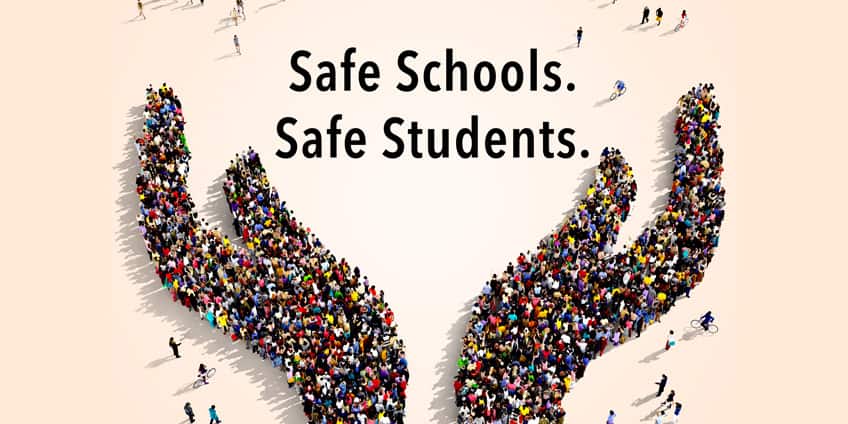
Just days ago, a child died in a nursery somewhere in Lagos Nigeria. Going by what the childminder said, the child started to convulse after eating. She started to make phone calls to her boss and then the parents of the child to report the condition of the child. The child’s mother told her to take the child to a certain hospital in Ajao Estate, Lagos.
The child died before getting to the hospital. Apparently, the minder took the child in a Keke NAPEP. My suspicion, as well as a few others, is that this child was force-fed – a deadly Nigerian or African tradition. This is where one lies or pins a child down, then pinches the nostrils to prevent the child from breathing and at the same time puts or pours food in the child’s mouth, in the hope that the child would swallow while trying to breathe. This is dangerous and deadly.
The minder in this case by all indications lacked basic first aid skills, so she was totally clueless about what to do. The school too clearly lacked emergency plans and were not prepared. With all that happened, the blame fell on the school. The name was splashed for all to see and they were called KILLERS. You could hear people say in the video published “this is the room where the child was KILLED“. That’s humans for you. Their emotions sometimes take over in such situations and the business suffers. Their reputation goes down. Recovery is usually slow and painful.
Unsurprisingly, we got contacted by a couple of school owners who claimed to have had similar experiences but luckily the child in their cases did not die. The children were actually brought in sick by the parents! Many now wonder if the child, in this case, was ill and still left in the creche while mother went off to work.
What about the parents of the dead child? How do they move on? How can other parents learn from their mistakes? How can one know a safe school?
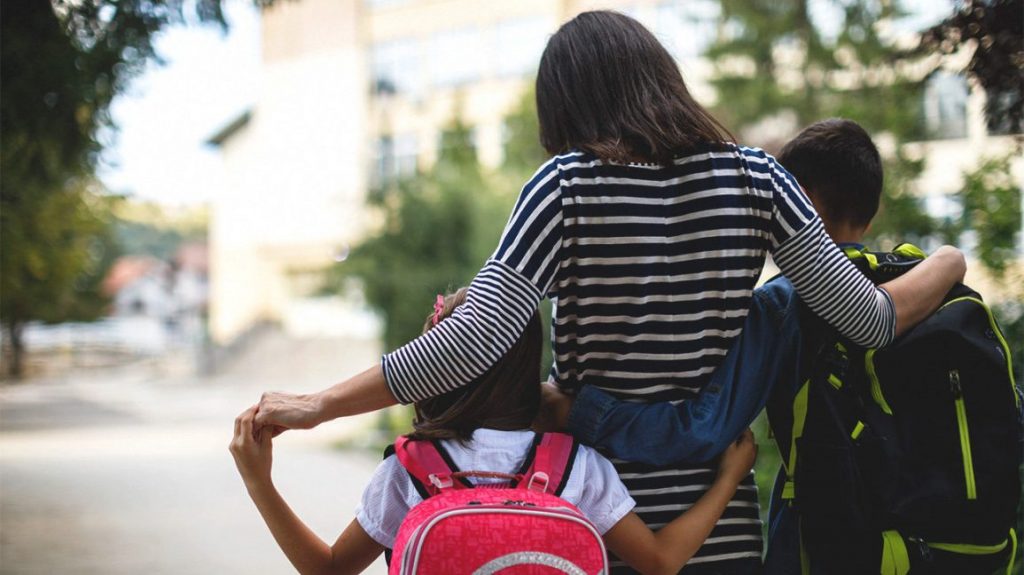
Parents it is on you to choose for a child a safe place to learn and grow!
Ever wondered how safe your child’s school is? Or just perhaps you are searching for a new school but are not quite sure which one can offer your child what he/she deserves when it comes to safety and well-being? All you hear is – “we plan on doing that” or “we have actually placed an order for our extinguishers but there is a delay” and all manner of flimsy excuses. Right?
Well, you do not have to rely on what they say anymore. We have prepared a detailed piece here that will tell you 5 ways you can tell a school that has thought about the safety of her students and have taken action. Included is what to look out for when you first arrive at the school when you are taking your tour and the questions you need to ask.
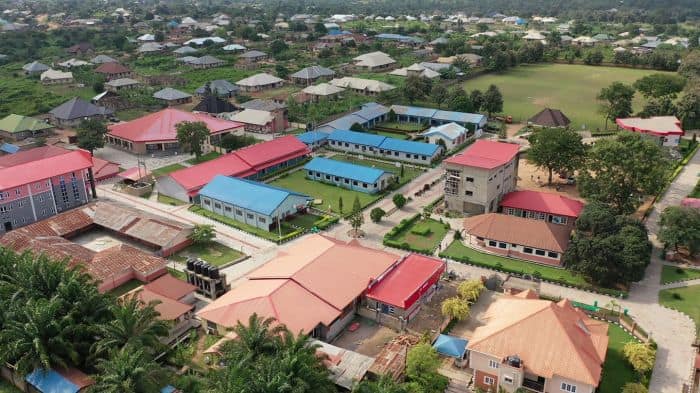
1. Firstly, be bothered about access. How accessible is the school?
How accessible is the school and the classrooms?
When I talk about accessibility, I am not talking about how easy the school is to locate, but rather how easy it is to get in especially the offices and classes. This is not to say schools need to make their offices or schools impossible to visit or get into, but rather, there should be a process of vetting visitors.
For example:
Most schools in Lagos will issue you a visitor’s form to fill. Once this is completed, they take it to reception where they decide if someone will see you or not. If they are expecting you and have seen you through their monitor (if they do have one), they let you in. You are not someone the school knows or is expecting? Then someone goes to investigate or you are denied entry immediately especially in a busy setting. If you are okay to enter, they do a brief respectful search and let you in; if not, you are denied entry.
Ideally, you should not get less than this.
We have been to schools where their gates were left wide open – I let myself in. This is a no-no! Run from a school like this. They have not thought about access and safety at all.
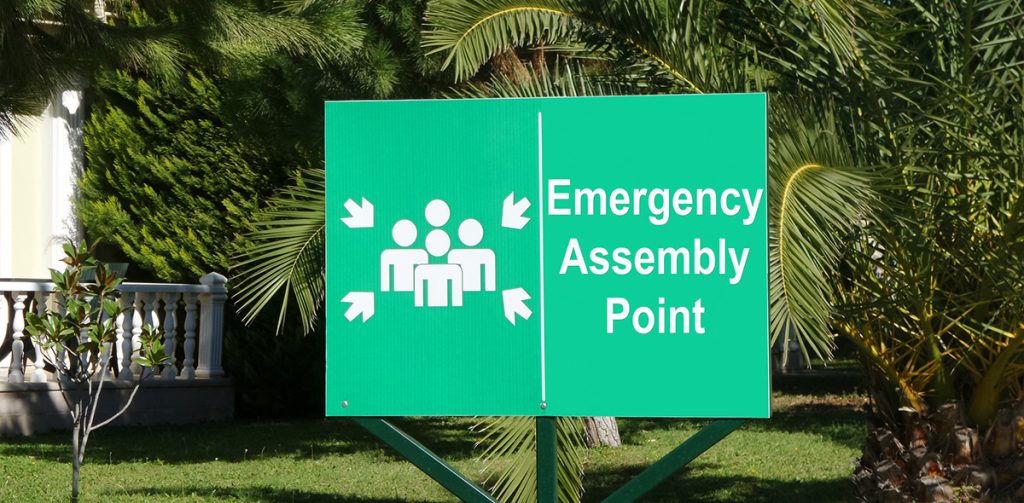
2. Look out for signs of emergency planning
The first time you step into a new environment, ensure to look around a lot. You need to be sure they have thought of an escape route if there happens to be an emergency like a fire.
Is there a muster point? Are there fire exit signs? especially in complicated buildings with many exits and floors?
Are the exits free of obstruction? Is the muster point at a safe place that is not a fire hazard or a dead end?
Do the exits lead to a dead end? We have been to schools where they have fire exits that lead to a dead end. This is a death trap!
Do they have a written emergency plan for various kinds of emergencies? Do the staff and students know that in a violent attack or flood situation, the muster point will not be appropriate?
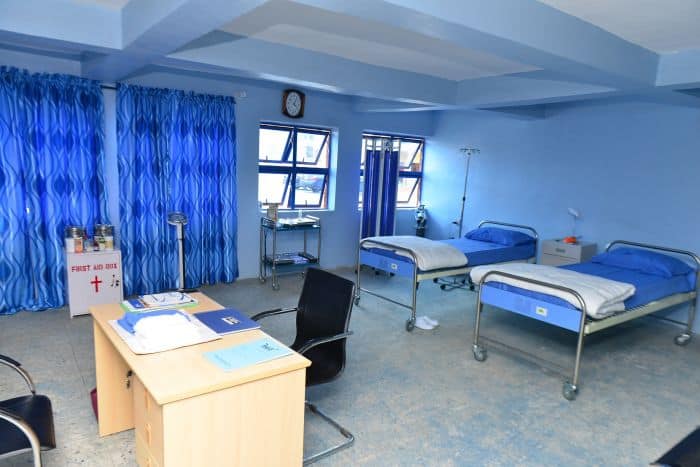
3. Ask how your child will be cared for if he/she suddenly took ill?
Do they have wellness or sickbay? Do they have a fully stocked first aid box?
If your child needs urgent medical attention, how long will it take for your child to get to the hospital? Is the school registered with a nearby hospital? One they can get to within minutes? How will the child or injured person be transported?
Within minutes because it takes just 6 minutes for the brain to begin to die if there is a lack of oxygen. What if the child is not breathing and no one knows to do CPR (Cardio Pulmonary Resuscitation) or place a child or victim in a recovery position till help arrives?
Are they even trained? Do they have a trained first aider?
Can they save a choking child?
It is not just sufficient to have a school clinic run and managed by a nurse. These are good and welcome but should not be relied on 100%. Let me not get into the training of nurses – many are simply not qualified and have not been through the rudiments of a proper nursing school.
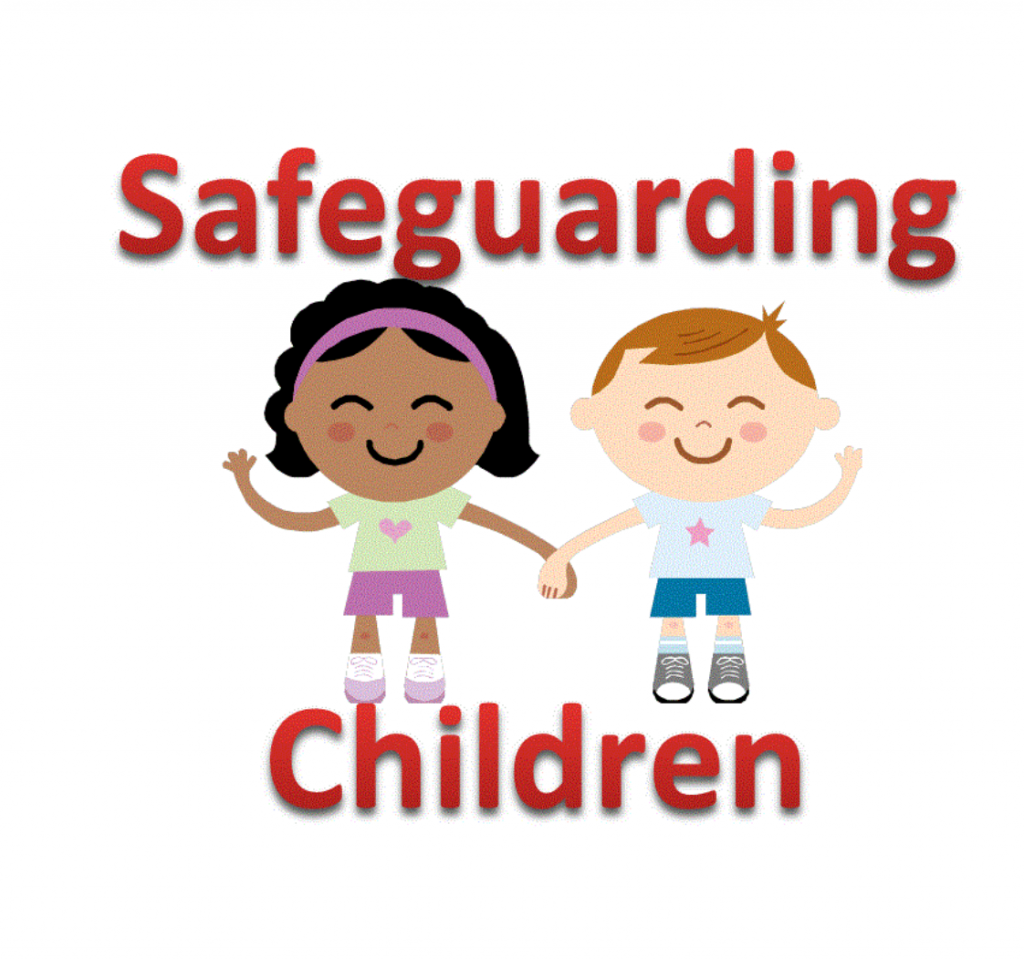
4. If my child gets hurt, what steps do you typically take?
Most schools I have been to do not have a way of reporting or recording injuries and accidents that take place in the school. This is them calling for trouble.
Every school must have an incident reporting policy. For example, it can be reported immediately and no later than 2 hours after the accident occurred. It should be recorded as soon as possible when the details are still fresh in the mind of the witnesses. The details should then be shared with parents or guardians preferably by email after a phone call has been done to inform parents of the outcome. Irrespective of how severe it is, no school should hide the details from their parents.
The completed incident form should then be stored securely and can be referred to when the need arises. It could even save the school of trouble if they have recorded evidence of what transpired. For credibility, a witness must verify the report with a signature.
When checking around for a school, ensure this is in place! A safety-conscious school won’t joke with the health of their students and their reputation.
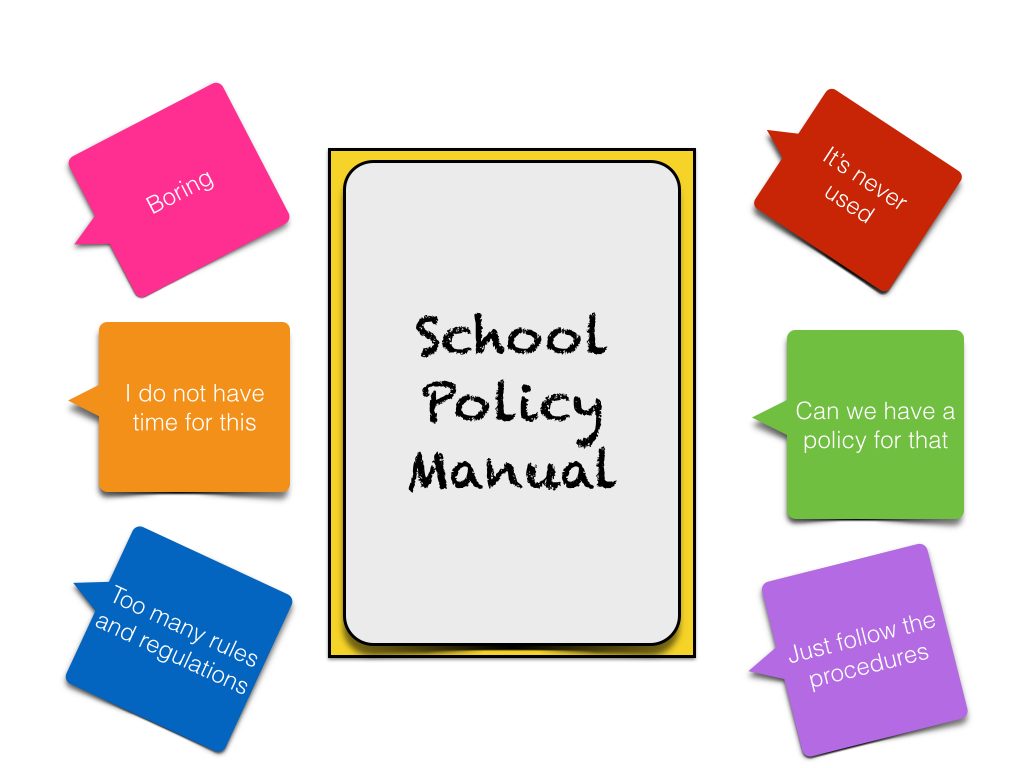
5. Do they have written policies?
A serious school and business have at least a staff and parent handbook as well as a health and safety policy. What do they say are their intentions and how do they hope to achieve them? Is it fair and detailed in its expectations from students, staff, and parents? Does it state who has the main responsibility for safety in the school? Who reports to whom on certain matters?
It is always better to know upfront what you are signing up for.
Ask questions. Ask to see evidence of everything they claim to have in place.
It is better to be safe than full of regret.
#BeHSEWise #SafeSchools
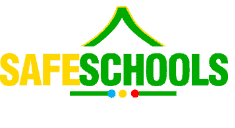
Safe Schools is a special project by Professor Ike, a Health and Safety Practitioner, a school owner, and a passionate trainer. It started off with a vision to provide safety education to children in schools. It rapidly became a household name and the go-to and leading provider of school safety services in Nigeria and other cities/countries.They help school heads, administrators and owners create safe and healthy learning and work environment. You can visit their website https://safeschoolsintl.com/ for more information about them.
Email them at:
hello@safeschoolsintl.com
Call them on the following lines:
+234-803-8833-654
+234-802-1290-711